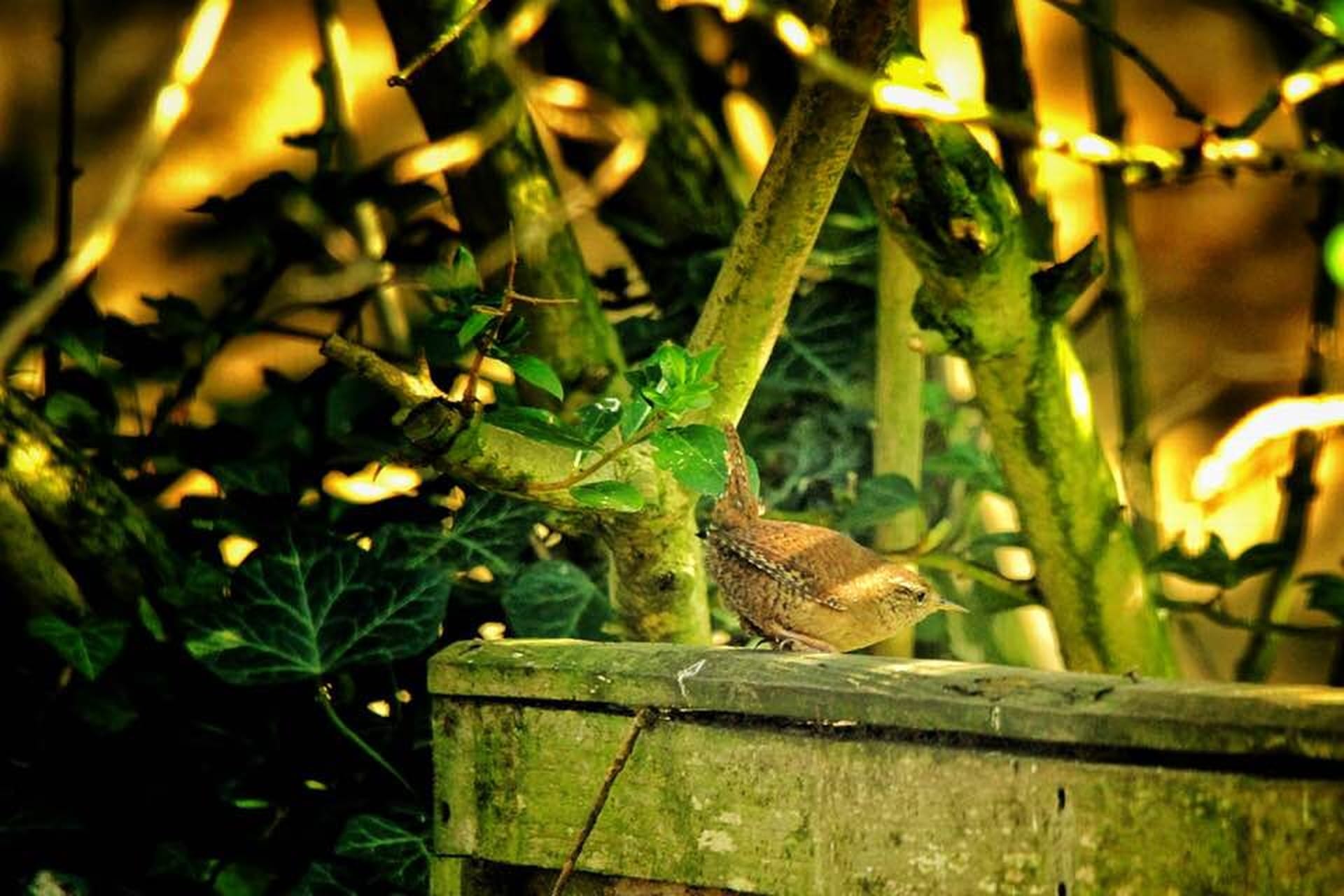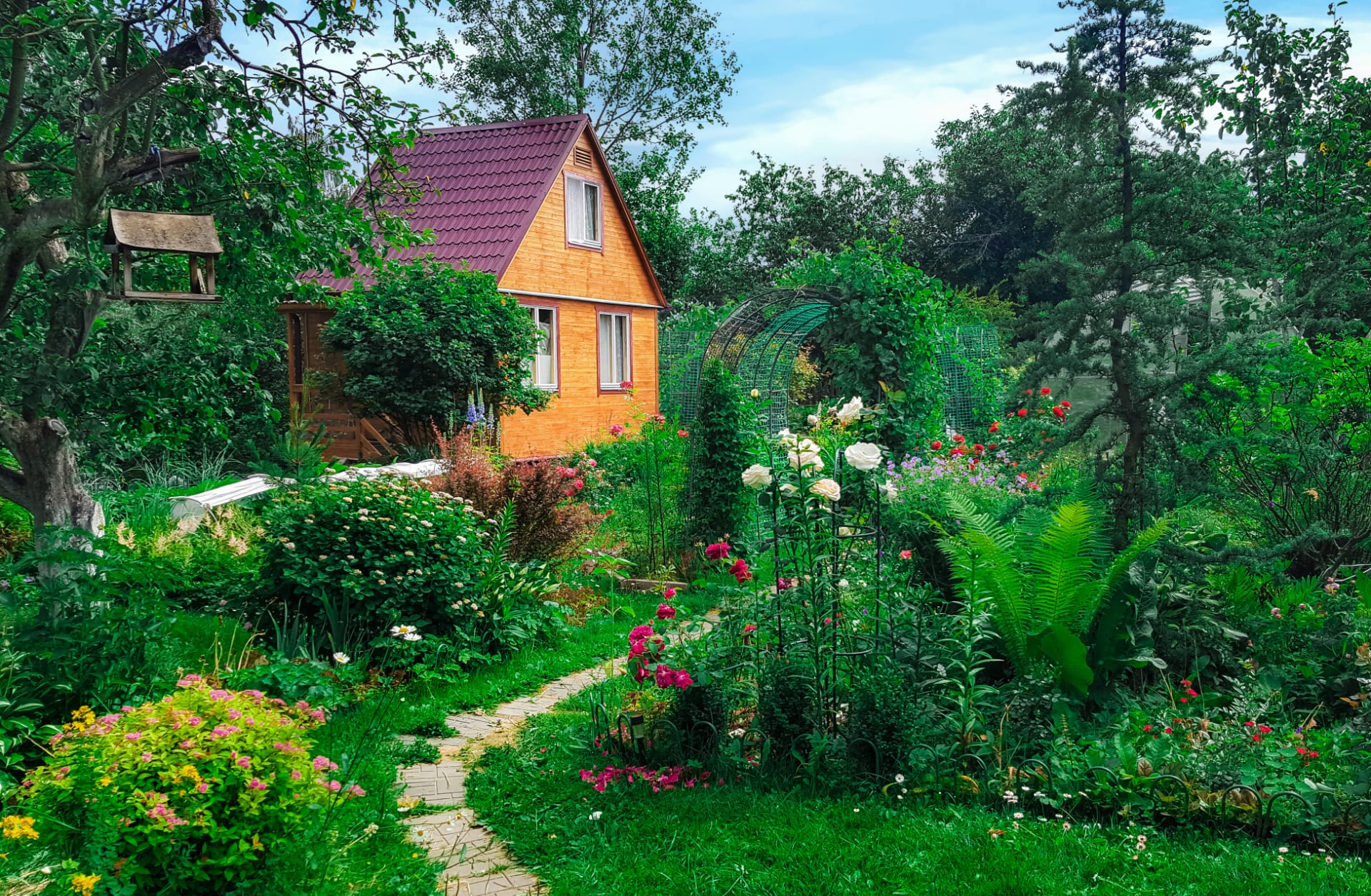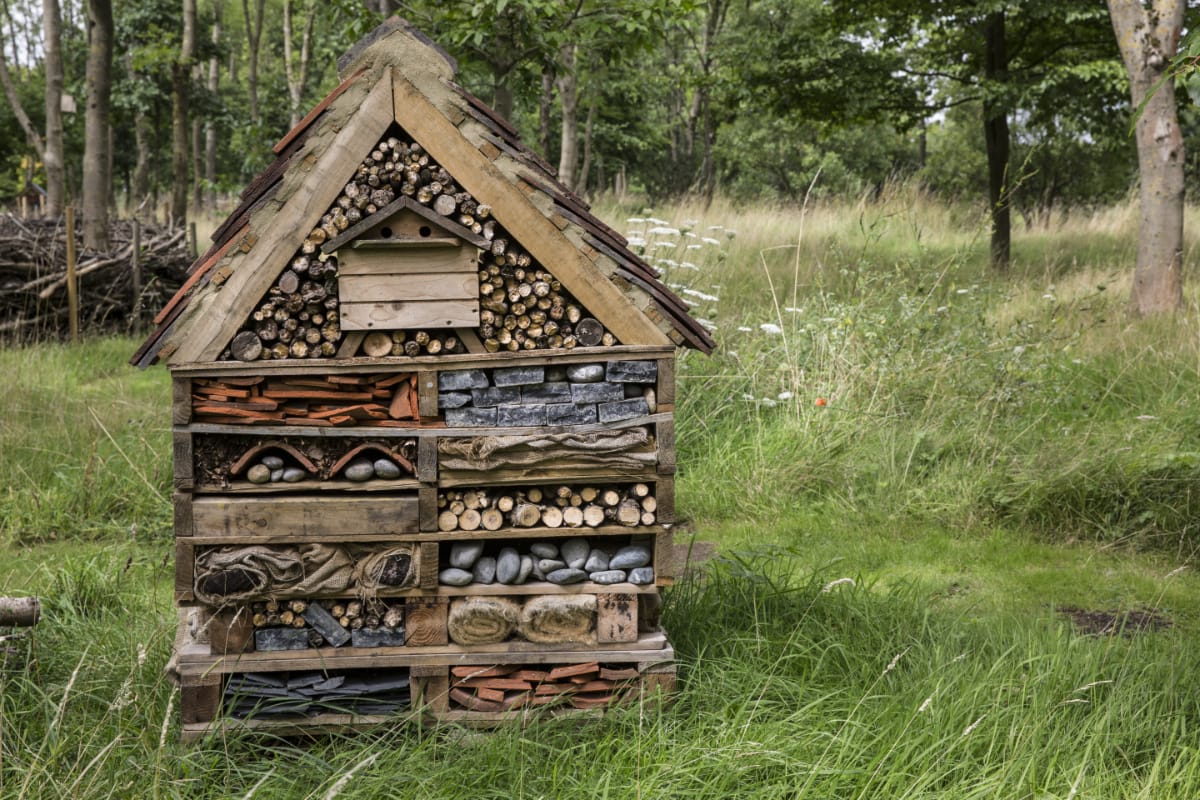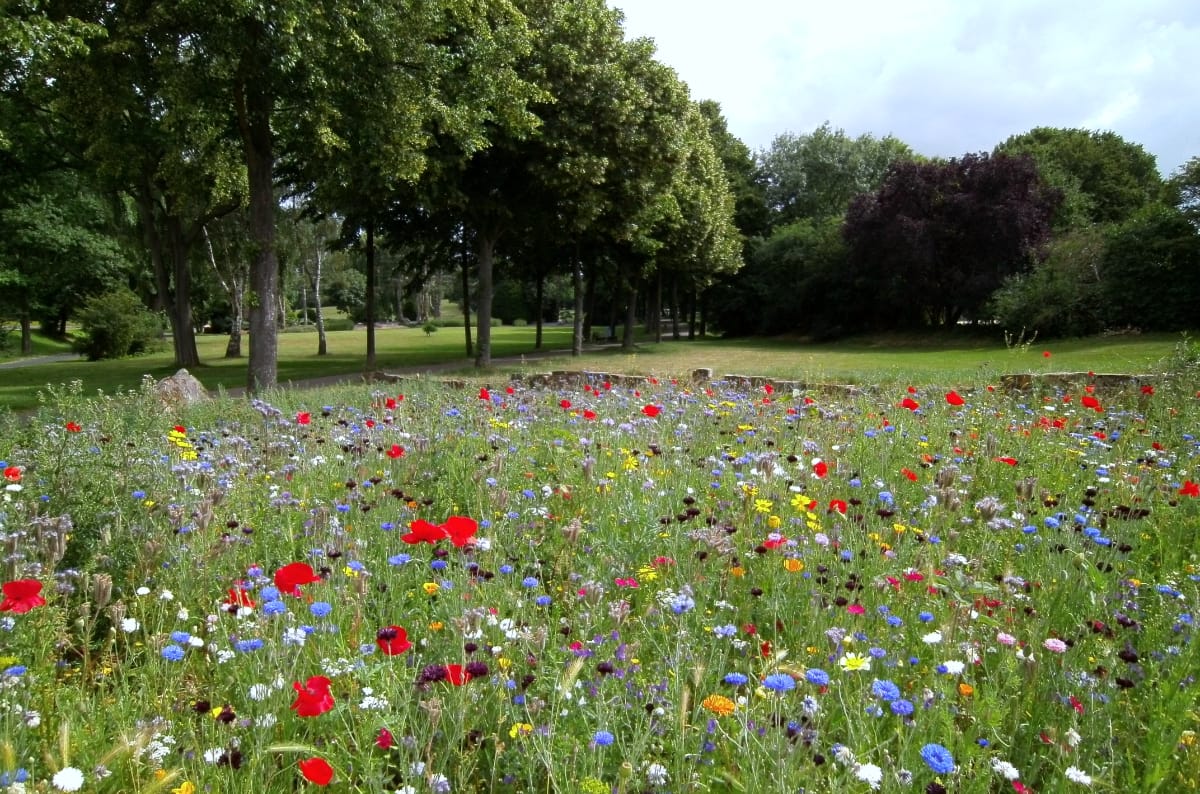Nothing in Basket!
DATE : 25 August, 2021 by Christina TAG: Wildlife Gardening

25
Aug
It's good to have a bit of back ground knowledge before you dive in and create a wildlife garden. You may already have an established garden, and to pull everything out to only concentrate on wildlife would be an expensive mistake, as you'll be destroying an established ecosystem, to then create another one that will take years to become established.
Unless you have nothing in your garden, an established garden can be added to or altered as and when plants die naturally, which is far better for the environment and the current wildlife living in your garden.
Keep in mind that all gardens with plant life are generally good for wildlife, but one designed with wildlife specifically in mind can really enhance and benefit wildlife populations. The benefits of creating a wildlife garden are obvious once you start noticing an increase in birds, bees, butterflies, hoverflies and much more.
This is the interrelationships of living organisms, including plants and animals, both with each other and their environment.
Something that humans have been disturbing for a long time to the detriment of soil, plants, wildlife and human health.
The aim of a wildlife garden is to restore this balance. It is therefore important to maintain a natural balance within a garden. A gardens ecological value can be improved by simply doing the following:

Most gardens naturally provide a variety of habitats, which can be enhanced for the benefit of wildlife.
Adding a tree to a garden is thought to be the most significant factor for wildlife. A tree can house a vast volume of wildlife (similar to placing hundreds of people in a block of flats, where as the same ground space would only provide a few houses).
Boundaries should be considered for their wildlife value. Instead of using wood fencing a hedge would be a better option, especially a mixed hedgerow of native plants such as Hawthorn, Blackthorn, Hazel, Field maple, Viburnum opulus and Holly. These will provide nesting sites and food sources for birds and many other wildlife. They also provide the vital corridor needed for wildlife to move through wide ranges of areas.
If you have a fence or wall that you want to keep, then climbers and wall shrubs can enhance the habitat, and a wall itself can be a home for bees. When putting up trellis or wires make sure they are a few centimetres away from the wall or fence, this creates a shady space behind the climber for hibernating butterflies and nesting birds.
A pond is a key element for a wildlife garden, if space is limited then a half barrel will still encourage a surprising number of inhabitants. If this is not possible then add dishes of water or bird baths allowing insects and birds to drink and bath.
Within the garden you'll need to create a space that mimics the edge of a woodland. Tall trees, shorter bushes, then shrubs, then taller flowers, medium sized flowers, to ground covering flowers including long and short grass. Stand and face any woodland edge and you will see what I mean.
Increase a lawns wildlife value by allowing grass to grow longer and encourage native wild flowers to grow in among the turf grasses. The lawn could be cut to a height of about 8 to 10cm, and certain areas left uncut. Providing three different heights of lawn provides a greater habitat for wildlife.
If you have the space you could incorporate a wildlife meadow. Wildlife meadows prefer a low fertility soil, whereas the traditional lawn likes lots of nutrients to keep it looking lush and green. A summer wildflower meadow could include native plants such as Leucanthemum vulgare, Centaurea nigra, Achillea millefolium and Knautia arvensis. A spring-flowering meadow could include Cardamine pratensis, Primula vulgars, P. vertis and Stellaria graminea.
Log piles and compost areas allow for the natural processes of decay to take place, which encourages the recycling of nutrients as well as supporting the vast numbers of organisms involved in this process.

The management of a wildlife garden needs to revolve around the animals living within it.
You wouldn't prune hedges between March and August because of nesting birds. Herbaceous perennials would be left to seed at the end of their flowering period. Roses wouldn't be deadheaded. Grass would be left to grow long and only cut a few times a year.
It is also not a natural state to have soil left bare, so techniques need to be used to ensure it is always covered, ground covering wildflowers, mulches, and not clearing up dropped leaves and using them as a temporary cover until the plants mature.
It's really about letting nature get on with what it does best, and giving a helping hand where needed.
The location of a wildlife pond is very important as it requires adequate sunlight.
It should have a minimum depth of 60cm to protect hibernating creatures. The sides should slope to allow access for wildlife. It requires shelves for marginal planting to increase the range of habitats provided.
A bog garden is also a useful addition to a wildlife pond, extending the habitat range and planting possibilities.
A correct balance of aquatic plants is a must. This should include a mix of oxygenators, floaters, deep water aquatics and marginals. And it is very important to select plants carefully, avoiding invasive aliens.
If the right balance of plants is established (one third plants) then algal bloom and blanket weed shouldn't become a problem.

Traditional lawns require the build-up of soil fertility, whereas meadows rely on low fertility for a rich biodiversity. If the desired location has a rich fertile topsoil, this will need to be removed, or fertility lowered by the constant removal of crops. The use of the native, semi-parasitic plant, yellow rattle (rhinanthus minor) helps lower fertility of the upper layer of soil and grass.
There are two choices to getting a wild meadow underway, either prepare it like you were laying a new lawn, but don't improve fertility. Or adapt an existing lawn by repeatedly cutting the grass and removing all the clippings. Use plug plants either for spring or summer flowering and place them into the lawn.
Here are examples of what you can use:
Spring Flowering:
Summer Flowering:
For a spring flowering meadow, cut from mid summer onwards. For a summer flowering meadow, cut from early autumn onwards. The height of cut is higher than a usual lawn, at around 7.5cm (3 inches).
Meadow lawns can look great with a permanent mown pathway to allow access and enjoyment of the flowers and grasses.
An alternative method is to leave areas within the lawn longer to add interest. It doesn't matter which options you choose, the wildlife value of the garden will be much enhanced.
How To Grow Catmint
What is the difference between a cultivated wildlife friendly and a wild garden
Simple gardening tips to help you have a beautiful garden that also helps wildlife find a home they can thrive in
Eight plants to help bees through winter into spring
What is yellow rattle
Oxeye daisy leucanthemum vulgare
10 of the best climbers for wildlife
Wildlife Gardening Tips
The secret to getting birds into your garden
The best flowers for bumblebees
Plants to add to your garden for caterpillars
The best flowers for honeybees
The best shrubs for butterflies
How to attract bees to your garden
How to attract birds to your garden
Wildlife gardening jobs for January
Wildlife gardening jobs for February
Wildlife gardening jobs for March
Wildlife gardening jobs April
Wildlife gardening jobs May
Wildlife gardening jobs June
Wildlife gardening jobs July
Wildlife gardening jobs for August
Wildlife gardening jobs for November
Wildlife gardening jobs for December
Nothing in Basket!
